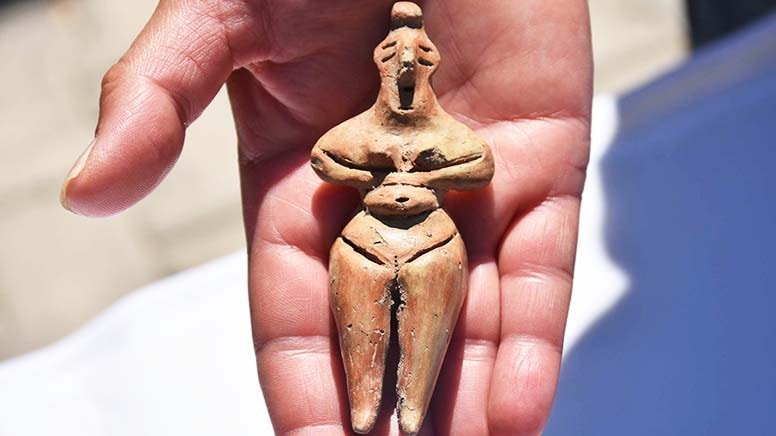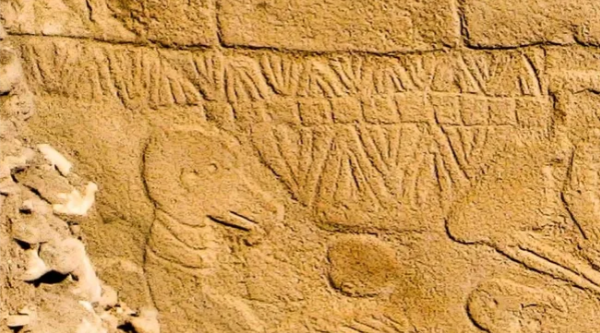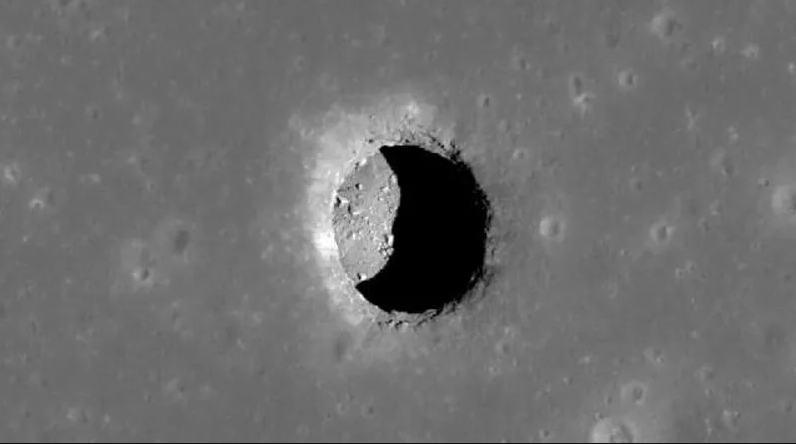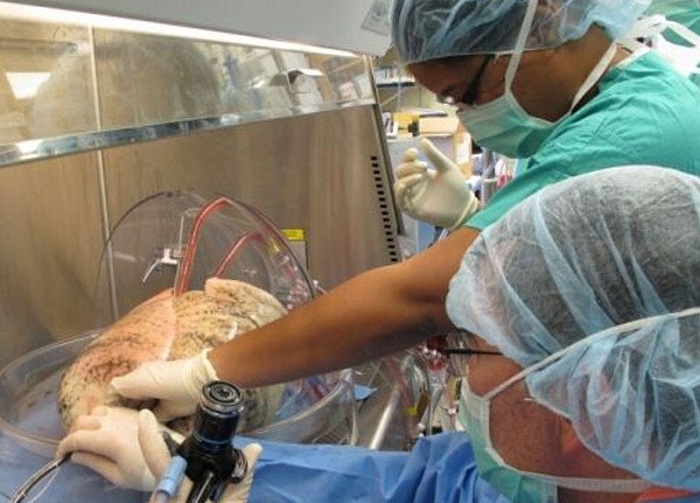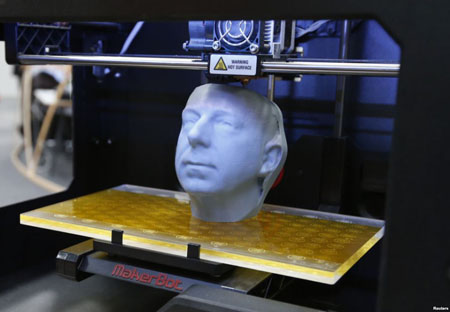
- A-
- A
- A+
The technology, called Cilllia, means that high-density hairy or furry surfaces common in nature can now be created artificially
"3D printers nowadays have potential to change the way we design materials, yet we are still mostly using it to print static objects like plastic cups," said Jifei Ou, a PhD student at the Tangible Media Group.
"We aim to create programmable materials, and hair is just one of the examples we are exploring in our lab now."
Potential uses for the printed fur include producing low-friction surfaces and touch-control interfaces as well as creating new aesthetic and tactile experiences.
"This creates a new design space for printing figures that have detailed surface texture, jewelry that has a soft touch [and] paintbrushes that have customisable stroke," explains a movie about the project.
The movie shows how, by vibrating the textured surfaces, objects placed on them can be made to move, turning the material into an actuator.
The materials can also be used as low-friction moving parts in motors, as touch-sensitive control panels, or as Velcro-like surfaces that bond without adhesive. Fully functioning paintbrushes can also be printed, complete with ultra-thin bristles.
The software used to design the materials can assign each hair with specific characteristics, such as direction, thickness and length, meaning the physical properties of the surfaces can be precisely controlled.
"This work presents a computational method of 3D printing hair structures," said Ou. "It allows us to design and generate hair geometry at 50 micrometer [micron] resolution and assign various functionalities to the hair".
Similar News
Links



 Elm TV
Elm TV
 Photo
Photo
 Video
Video
